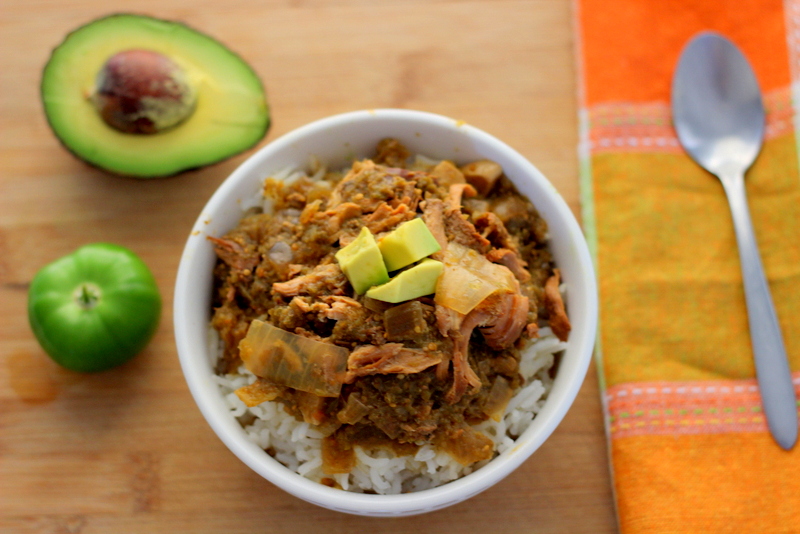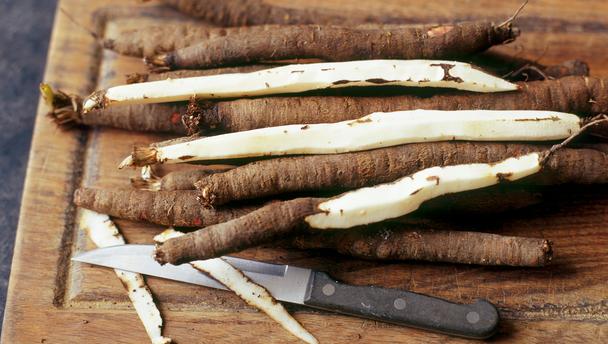City alone has 18 Michelin stars.
THE Belgian capital has long been known for the reliability and quality of its fine dining, but Brussels is fast emerging as a major gastronomic hub, says the Michelin international restaurant bible.
With 18 Michelin-starred restaurants in Brussels alone, including one newly adorned with a second star, the 2014 combined edition guidebook for Belgium and Luxembourg, out on Nov 21, lays testament to the EU and Nato capital’s steady rise towards the top end of the global food rankings.
“The Belgian capital has more starred restaurants than cities like Berlin, Rome or Milan and is gradually imposing itself near the pinnacle of European gastronomy,” said Michelin’s international guides director Michael Ellis ahead of the latest release.
Newly endowed with its second Michelin star is Brussels restaurant Bon-Bon, lauded for top chef Christophe Hardiquest’s “creative cuisine, of remarkable technical brilliance and rooted in very high-quality produce”, according to the guide.
Says the chef: “This is the realisation of a childhood dream. I knew the restaurant was progressing, but I never expected this.”
Bon-Bon offers fixed-price menus at €55 (RM237) for lunch and from €80 to €155 (RM344-RM667) for dinner, guaranteeing organic produce “95%”.
Twelve of the Michelin-starred eateries are in the wealthier and dynamic Dutch-speaking Flanders while four are in French-traditional Wallonia and two in hybrid Brussels.
Overall, Belgium counts three restaurants with Michelin’s highest award of three stars. – AFP
source: http://www.thestar.com.my/Lifestyle/Food/News/2013/11/19/Brussels-rising-to-cream-of-gastronomy-says-Michelin.aspx


 Brussels has more starred restaurants than cities like Berlin, Rome or Milan. – AFP
Brussels has more starred restaurants than cities like Berlin, Rome or Milan. – AFP
 Make your own pizza and it will be much more tastefull than your ordered ones.
Make your own pizza and it will be much more tastefull than your ordered ones.
